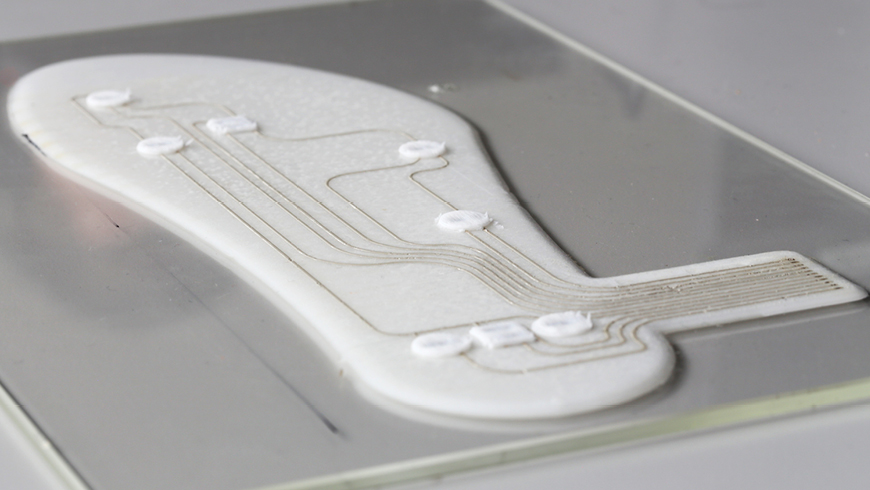Careful With “Double Edged” Swords
Scientists leave room for hope and imagination but never fully support any idea, whatsoever, unless there are repeatable experiments substantiating it. So when scientists and researchers begin to speak about the potential for the widespread use of nanoparticles in the environment to fight pollution and inside the body to deliver drugs, we have to make sure they aren’t throwing caution to the wind.
Nanoparticles & Toxicity
In recent experiments, scientists have been using nanoparticles to carry drugs and other treatments to various destinations in the body that have been difficult to reach, such as the heart. It is through charge, makeup and surface molecules that researchers design nanoparticles to reach different parts of the body and to attach themselves to specific cell types to deliver their medicine to sick cells.
The problem is that particles that carry a “positive charge” are now associated with brain damage when they cross the blood-brain barrier. The particles, “micelles”, are a type of nanoparticle made from a variety of polymers that carry drugs into the brain. After injecting micelles into rats researchers checked after a week to observe the effects.
Researchers detected brain lesions or damage in 60% of rats that had received positively charged micelles. Rats injected with negatively charged particles did not have lesions but negatively charged micelles don’t enter cells as readily as positively charged micelles and repulsion is problematic.
While we are in the early stages of nanotechnology, it is important that a wide variety of studies continue until nanoparticles can be rendered safe for use in animals, humans, and the environment.
Related articles on IndustryTap:
- The Great Promises & Challenges of Nanotechnology
- Nanotechnology a New Weapon in the Fight Against Cancer
- Butterfly Wing Like Thermosensors Detect Explosives
References and related content:







